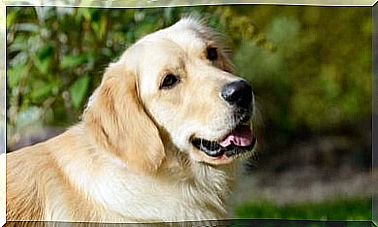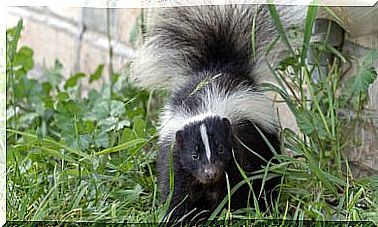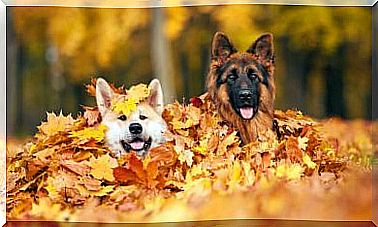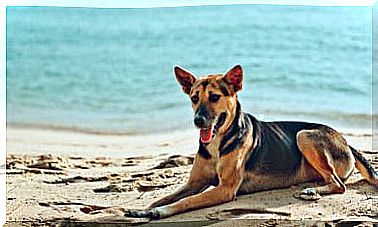What Is An Apomorphy?

In systematic biology, the concept of apomorphy is used continuously. This is due to its importance in unraveling the evolutionary relationships between living things.
But what exactly is an apomorphy? What is your role in classifying living things into different groups? We encourage you to continue reading if you want to know more about this fascinating topic.
Apomorphy: a state derived from a character
Apomorphy (from the Greek “separate form”) is defined as a feature that represents an evolutionary novelty. That is, in an animal taxon, an apomorphy would be a character that is different from that of another nearby taxon, and that, therefore, completely differentiates them.
Therefore, apomorphies serve as evolutionary markers and are an excellent way to classify living things. Its opposite would be the plesiomorphy, that is, an ancestral or evolutionarily previous character to the apomorphy.
Evolutionary biologists use the words apomorphy and plesiomorphy to avoid using the terms advanced and primitive. In evolution, it does not make sense to speak of more basic or more sophisticated characters, since in nature there is no scale of perfection.
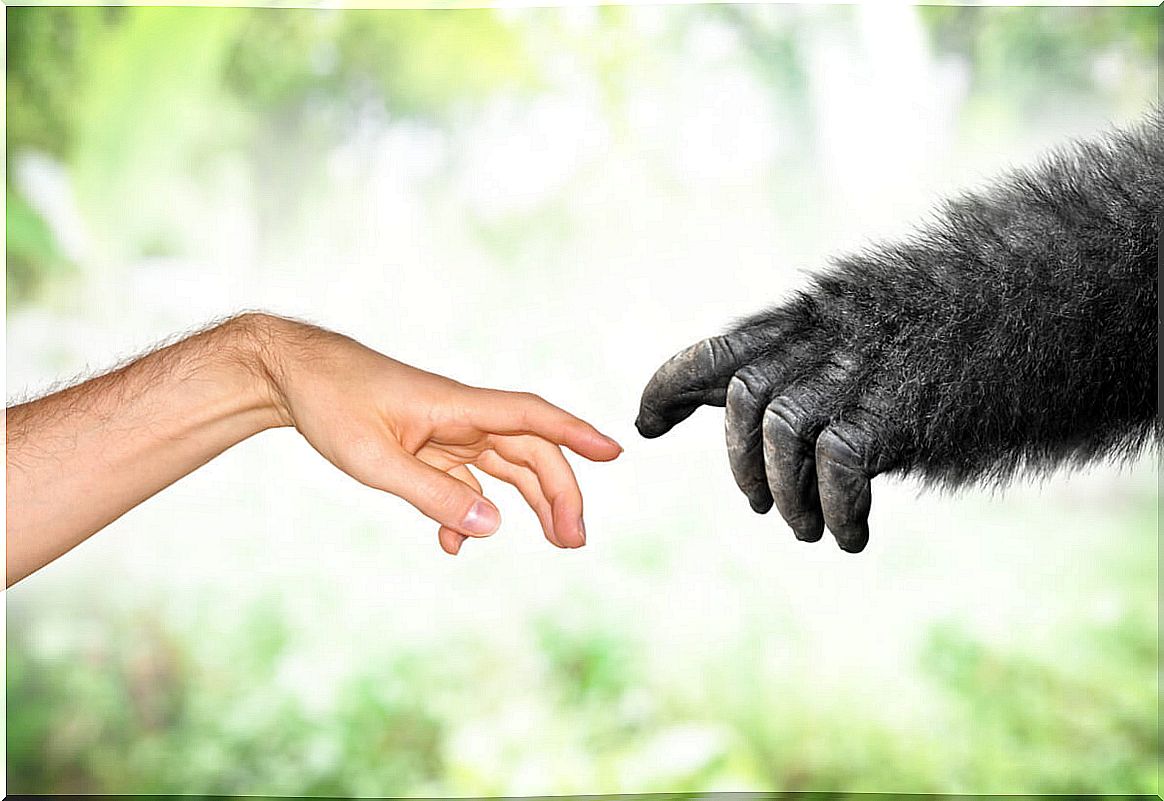
Types of apomorphies
Apomorphies are mainly an evolutionary marker that allows us to group living beings into taxa. To do this, it is necessary to distinguish between the two terms derived from it: synapomorphy and autoapomorphy.
When there is an evolutionary novelty shared by two or more taxa, we speak of synapomorphy. This term is equivalent to shared derived characters, since they are traits shared by several groups of animals.
An example of synapomorphy would be the vertebral column, an evolutionary novelty that distinguishes all vertebrate taxa (reptiles, birds, mammals … etc) from invertebrates.
On the other hand, there are evolutionary novelties that are unique to a group of animals. In this case we speak of autoapomorphies, since it is a novel trait that is only present in that group.
For example, in humans, the ability to speak would be a self-apomorphy, since we are the only species with this ability. However complex this terminological conglomerate may be, it is invaluable in the fields of classification of living beings.
Apomorphies and cladistics
Cladistics (from the Greek klados, “branch”) is a rigorous analytical method that uses the shared derived properties (ie, synapomorphies) of living things to classify them.
In other words, cladistics analyzes the properties that differentiate a set of living beings from others. For this branch of science, the correct identification of apomorphies is essential.
The goal of cladistics is to make cladograms or phylogenetic trees. A cladogram is simply a tree diagram where evolutionary branches are related. Therefore, synapomorphies would be the node where two branches would separate based on a derived character.
Apomorphies and paraphyletic clades
It is important to note that, sometimes, humans group animals based on a trait that they have in common, but that has a different origin or that has originated in independent ways. This is the case of the paraphyletic clades.
Paraphyletic are those taxa where the animals are grouped by classical systematics due to a series of common traits, but which are not really related.
As an example of this, we have the fish. Fish are classically defined as all those vertebrates that are not tetrapods (which have four limbs).
Despite having many common features (scales, aquatic life and many other adaptations), genetics have shown that fish do not have a single evolutionary origin, and therefore are a paraphyletic clade.
The importance of a rigorous classification
Sometimes it is convenient for humans to classify living things based on certain common characteristics. That is why we have categories known all over the world that, however, have disparate evolutionary origins: fish, birds, dinosaurs … etc.

However, this should not make us forget that for a grouping to be valid and universally accepted, its members must share a common evolutionary origin. That is why the correct identification of apomorphies is essential for the classification of animals.
In conclusion, apomorphies are unique evolutionary traits of each animal taxon, which are very important to establish a natural and reliable classification of living beings.
